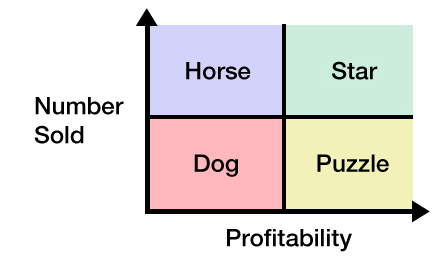Have your eyes ever glazed over when looking at a restaurant menu because it was so cluttered and disorganized? A menu shouldn't cause stress or indifference. A successful restaurant menu should help customers find the perfect order to enhance their experience. And, a successful menu should help a restaurant increase its profits. A strategy that has been around for years is growing in popularity. That strategy is Menu Engineering, and it's something you need to know about.
What is menu engineering?
Menu Engineering is a strategy that guides decision making as you're building a menu. As with all menu construction, there are three main factors that you must keep at the forefront of your decisions.
Menu Design: The documents aesthetic value and it's attractiveness to customers
Menu Organization: Where items are located and how a customer navigates or understands the menu.
Pricing: The price of items, and more importantly, the strategy behind how you arrived at a given price and how that price contributes to your overall profit.
These three areas are crucial to creating a menu of any kind. But when it comes to the logic that drives menu engineering, there are unique ideas that come into play. Essentially, menu engineering is the intersection of profitability and popularity.
Popularity is a fluid concept. Tastes change, whether that's because of seasonal preference, shifting consumer trends, or changes in your customers economic situation. But through the lens of menu engineering, your approach to profitability also becomes more fluid. We'll dive deeper into that in a bit, but first, we need to cover the building blocks of menu engineering.
The Building Blocks of Menu Engineering
Customer Demand: This is the number of customers served.
Menu Mix: The spread of customer preference among all of your menu items, ie, how often each item on your menu is ordered.
Contribution Margin: The dollar value each item contributes to your restaurant's gross profit.

Menu Mix is the the number of each items sold on on your menu.
- Horse: Popular sellers with low profitability
- Dog: Low sellers with low profitability
- Puzzle: Low sellers with high profitability
- Star: High sellers with high profitability
You want more stars on your menus than dogs. That's clear. Horses can be staples that your customers love. And puzzle's might be your premo or luxury items that you push to diners with large budgets who want a truly unique experience.
Menu Engineering attempts to leverage more dollars out of customers by offering them a better customer experience through higher value items. By only concerning yourself with cost percentages, you might actually be leaving crucial dollars on the table. Or in this case, in your customers' wallets.
A Deep Dive on Contribution Margin
The importance of contribution margin is what sets it apart from other menu pricing techniques. A common strategy for arriving at pricing is to base your prices off of a percentage of cost. If a restaurant wants to keep their alcohol costs around 20%, then they could price their items in a way that will achieve that goal.
Here is the formula: (Cost of Item) / (Menu Price) = Cost Percentage.
For example, if you were pricing a Merlot by the glass on your menu, and you want a 20% cost, you'd arrive at your price like this:
| Merlot Glass Cost | Menu Price | Cost % | Contribution Margin |
| $3.20 | $16.00 | 20% | $8.00 |
For many menu items, this might be a fine strategy. But what if your customers aren't willing to spend $16 on a glass of Merlot? They might choose to order a lower priced item.
Maybe they would rather order a Red Blend that is priced at $10. At 20% cost, that means the contribution margin for your Red Blend is $8.00.
| Blend Glass Cost | Menu Price | Cost % | Contribution Margin |
| $2.00 | $10.00 | 20% | $8.00 |
In this scenario, you've met your cost percentage, but you're only generating $8.00 in gross profit per Red Blend sold.
Now, what if you sold your Merlot for $14 instead of $16, and you find that your customers were willing to order more Merlots at $14 instead of $16.
| Merlot Glass Cost | Menu Price | Cost % | Contribution Margin |
| $3.2 | $14.00 | 23% | $10.80 |
This is where contribution margin shows its benefits. Yes, your percentage of cost rose by 3%, but a glass of Merlot is now contributing $10.80 to your gross profit.
By making the glass of Merlot more appealing to your customers, you're convincing them to order more Merlots than Red Blends, and you're adding $2.80 more of gross profit to your restaurant than you otherwise would have.
By prioritizing profit over percentages, you're business will be more stable in the short term because you'll be increasing cash flow.


